18
junioLooking For Inspiration? Look Up Auto Locksmiths In Luton
Auto Locksmiths in Luton: Ensuring Your Vehicle's Security and Access
In today's hectic world, the dependence on automobiles for daily commuting, running errands, and traveling is indisputable. However, with the increasing prevalence of vehicle theft and lock-related problems, the requirement for expert auto locksmiths has actually ended up being more noticable. In Luton, a lively town in Bedfordshire, England, auto locksmith services have become a crucial component of vehicle security. This article digs into the various elements of auto locksmith professionals in Luton, including their services, importance, and tips for choosing the best locksmith for your requirements.
Comprehending the Role of Auto Locksmiths
Auto locksmiths concentrate on the locks and security systems of vehicles. Unlike regular locksmith professionals who might deal with domestic or business locks, auto locksmith professionals have the skills and tools specifically customized for automobiles. Their knowledge varies from traditional key cutting to advanced key programming and vehicle entry.
Key Services Offered by Auto Locksmiths in Luton
Auto locksmiths in Luton provide a wide range of services to address the requirements of vehicle owners. Some of the primary services consist of:
Emergency Lockout Services: One of the most typical factors to contact an auto locksmith is getting locked out of your vehicle. Whether you've lost your keys or left them inside the car, an experienced locksmith can assist you regain gain access to without damaging the vehicle.
Key Duplication: Auto locksmith professionals can develop duplicates of your program car keys Luton keys, which is necessary for spare keys or to replace damaged ones. This service frequently includes cutting and programming keys, especially for contemporary lorries geared up with transponders.
Key Replacement: If you lose your car keys completely or if they are stolen, an auto locksmith can offer a replacement key, including reprogramming the vehicle's immobilizer system if required.
Ignition Repair and Replacement: Issues with the ignition system can prevent a vehicle from starting. Auto locksmiths can detect ignition problems and offer repair or replacement services to guarantee that your vehicle is practical once again.
Transponder Key Programming: Many contemporary automobiles use transponder keys that need specific programming to work with the car's security system. Auto locksmith professionals are geared up to manage this complex task.
Lock Repair and Replacement: If the locks on your vehicle are damaged or malfunctioning, locksmiths can repair or replace them to improve security.
Emergency Rekeying Services: If you believe your keys have actually been lost or stolen, rekeying your locks can offer assurance. Auto locksmiths can alter the internal systems of your locks so that the old keys no longer work.
Why Auto Locksmiths are Essential
The significance of auto locksmith professionals extends beyond simple benefit. Their services play a vital function in making sure vehicle security and performance. Here are a few reasons auto locksmith professionals are important:
Expertise and Experience: Auto locksmiths go through specialized training to manage a range of cars and locking systems. Their experience allows them to resolve lock-related concerns efficiently and efficiently.
24/7 Availability: Most auto locksmith professionals run all the time, providing support throughout emergencies when you might discover yourself locked out of your vehicle or dealing with other lock problems.
Advanced Tools: Professional auto locksmiths are equipped with the most recent tools and technologies, which enable them to perform complicated jobs, such as key programming and ignition repairs, with precision.
Assurance: Knowing that a trusted auto locksmith is simply a telephone call away can ease the stress connected with losing keys or dealing with lock concerns.
Picking the Right Auto Locksmith in Luton
When faced with the requirement for an auto locksmith, it is vital to pick a trustworthy specialist. Here are some tips to help you select the right locksmith:
Check Credentials: Verify that the locksmith is certified and insured. This not only ensures their professionalism but also protects you in case of any damage during the service.
Read Reviews: Look for online reviews and reviews from previous customers. This will provide you insights into the locksmith's track record and the quality of their services.

Ask About Services Offered: Ensure that the locksmith provides the particular services you need, whether it's emergency lockout support, key duplication, or ignition repairs.
Inquire About Response Time: In emergency situations, time is of the essence. Select a locksmith understood for their quick response times.

Get a Quote: Request an in-depth price quote before any work begins. This transparency will assist you avoid unanticipated charges later.
Think about Experience: Opt for locksmiths with a tested track record in the industry. Experienced specialists are most likely to handle complicated lock problems effectively.
Frequently Asked Questions (FAQs)
1. How much does it cost to work with an auto locksmith in Luton?
The cost of employing an auto locksmith can differ depending on the type of service needed, the time of day, and the complexity of the issue. Typically, you may anticipate to pay anywhere from ₤ 50 to


Reseñas